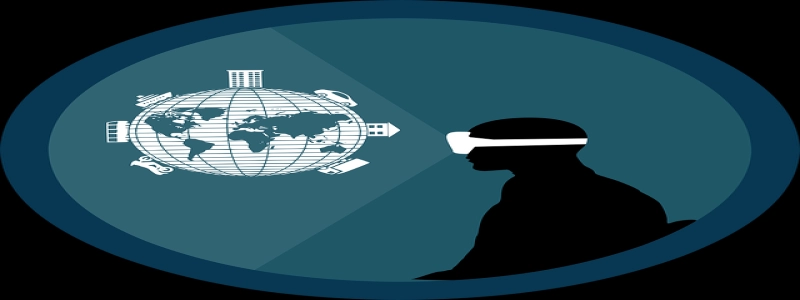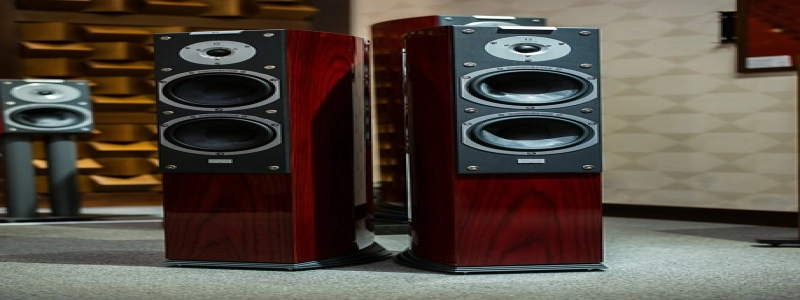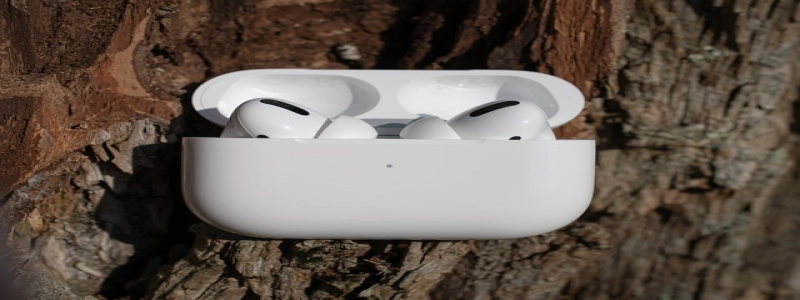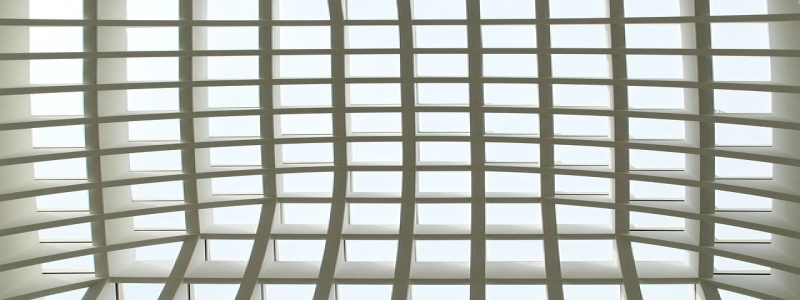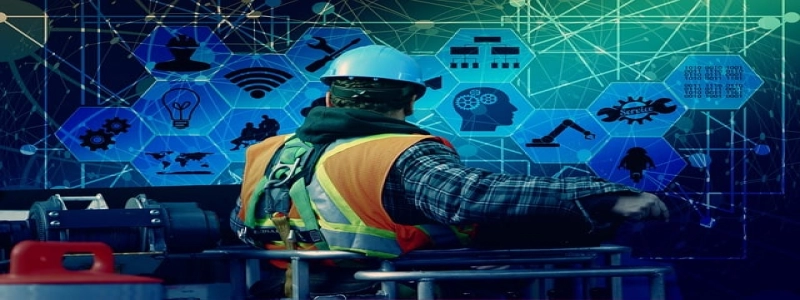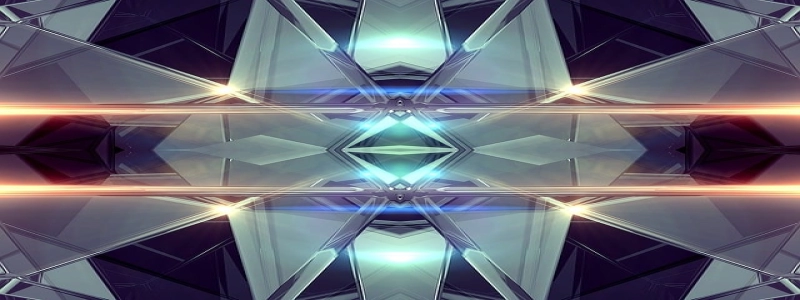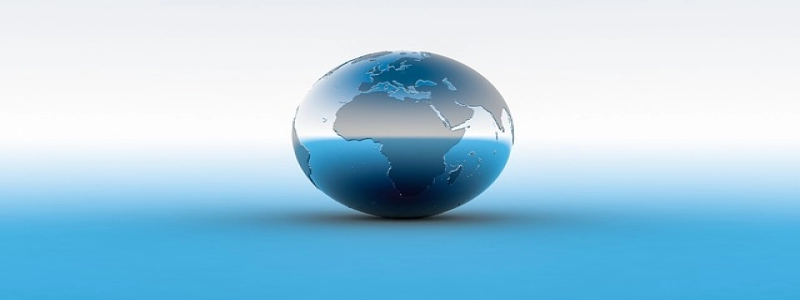Laser Diode Power Supply
Introduction:
The laser diode power supply is an essential component in laser technology, providing the necessary electrical power to drive laser diodes. This article will delve into the multiple levels of this device, explaining its intricacies and functionalities.
I. Overview of Laser Diode Power Supply:
A. Purpose: The laser diode power supply is responsible for converting an input voltage into a stable and regulated output current for driving laser diodes.
B. Importance: It ensures the safe and optimum operation of laser diodes by providing them with the necessary electrical parameters.
C. Components: The main components of a laser diode power supply include a transformer, rectifier, voltage regulator, and control circuitry.
II. Primary Power Conversion:
A. Transformer: The input voltage is stepped down using a transformer to a level suitable for further processing.
B. Rectifier: The rectifier converts the alternating current (AC) obtained from the transformer into direct current (DC), making it compatible with electronic components.
III. Voltage Regulation:
A. Purpose: Voltage regulation is crucial to maintain a stable and constant voltage level for the laser diode, preventing any fluctuations or surges that may damage the diode.
B. Voltage Regulator: This component adjusts the output voltage to a specific level, compensating for any fluctuations in the input voltage or load conditions.
IV. Current Regulation and Control:
A. Purpose: The laser diode requires a constant current to function optimally without any risk of overheating or instability.
B. Current Limiting Circuit: The current limiting circuit ensures that the output current remains within the specified limits, preventing any damage to the laser diode.
C. Feedback Control: A feedback control loop monitors the output current and adjusts it accordingly, compensating for any changes or load variations.
V. Protection Mechanisms:
A. Overcurrent Protection: This safeguard prevents excessive current from being delivered to the laser diode, protecting it from damage.
B. Overvoltage Protection: In case of voltage spikes or surges, the overvoltage protection circuit safeguards the laser diode by limiting the voltage.
C. Thermal Protection: To prevent overheating, thermal protection mechanisms monitor the temperature of the laser diode and disable the power supply if it exceeds safe limits.
Conclusion:
The laser diode power supply plays a crucial role in providing the necessary electrical power to drive laser diodes effectively and safely. From primary power conversion to voltage and current regulation, every component and circuitry are designed to ensure the optimal performance and protection of the laser diode. Understanding the multiple levels of this device is vital for anyone working with laser technology.
